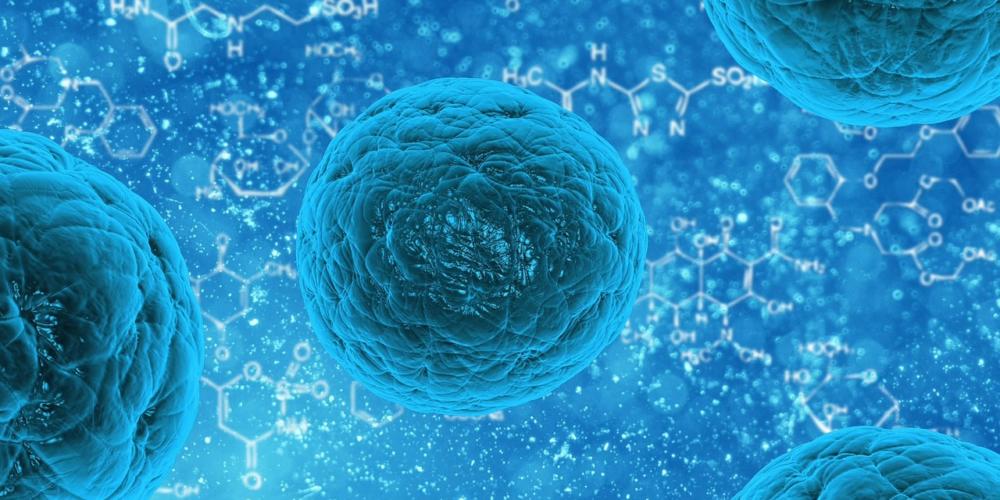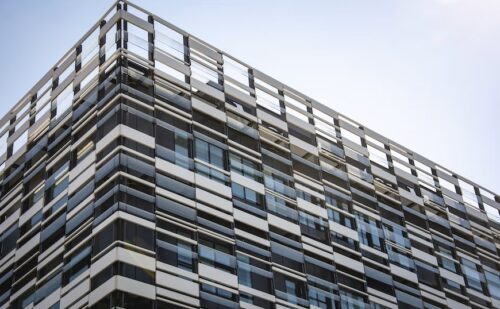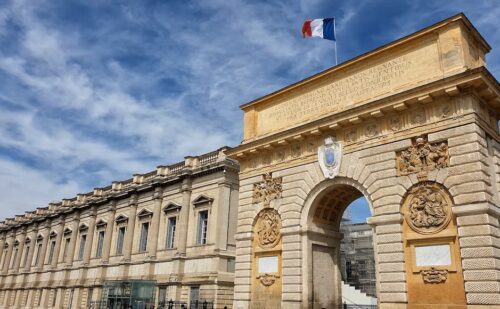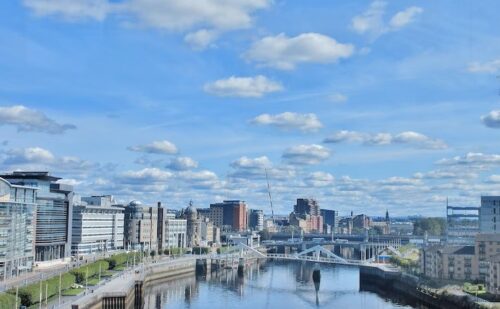
European Commission’s science and knowledge service expanded
By Aoileann Ní Bhroin
Posted: 21 August, 2017
The European Commission’s in-house science and knowledge service, the Joint Research Centre (JRC), is opening its scientific laboratories and facilities to scientists and researchers from the private and public sectors.
As early as December 2017, researchers will be able to use JRC research facilities located in Ispra (Italy), and thereafter in Geel (Belgium), Karlsruhe (Germany) and Petten (Netherlands), thus helping to maximise the benefits of these world-class infrastructures and laboratories
Past successful cooperation with universities, research institutes and SMEs has shown that there is big interest in using JRC facilities. With this initiative, the JRC aims to spread scientific knowledge, boost competiveness and help to bridge the gap between research and industry. The results will also feed into JRC’s mission to support EU policymaking.
Tibor Navracsics, Commissioner for Education, Culture, Youth and Sport, responsible for the Joint Research Centre, said: “The JRC hosts several high-value research facilities, some of which are unique in Europe and in the world. We know from past collaborations that many external researchers are keen to use these facilities to advance their work on some of the big challenges facing our societies and economies. By opening up our laboratories, we will realise their full potential in collaboration with European researchers and industry, for the benefit of policy-makers, businesses and, above all, citizens.”
During the pilot phase in 2017-2018, three facilities in Ispra will be opened to external users. They are the Reaction Wall and the Hopkinson Bar facility of the European Laboratory for Structural Assessment (ELSA), and the Nanobiotechnology Laboratory.
Access to other JRC facilities in Belgium, Germany and the Netherlands will be possible after the pilot phase.
Testing resistance against earthquakes and explosions
The ELSA laboratory is equipped with the second largest reaction wall in the world and the largest one in Europe. This wall allows researchers to test the earthquake-resistance of buildings that are up to five floors high. The facility is equipped with sensors and high-resolution cameras that register the deformations of the building and a computer system for advanced numerical modelling. Insights gained from tests with the reaction wall have been used for example to help limit the potential damage caused by future earthquakes in seismic-prone regions of Europe.
JRC research and data also contribute to the development of Eurocodes, a set of European standards for the construction sector, fostering innovation and making European buildings safer to live and work in. Eurocodes are used for the design of buildings and structures, such as the Millau Viaduct in France, the roof of the Liège railway station in Belgium and the roof of Hall M at the Charles de Gaulle airport in Paris.
Another facility at the ELSA laboratory – the Hopkinson bar (HopLab) laboratory – is used to test the resistance of materials against blasts or explosions. The JRC HopLab is the world’s largest Hopkinson bar, measuring over 200 meters. It allows large material samples or structural components to be tested in dynamic conditionsthat simulate impacts and blasts.
Scientists at the ELSA laboratory have already collaborated with a large number of European and international institutions through joint competitive projects and collaboration agreements.
Nanobiotechnology Laboratory
The JRC Nanobiotechnology Laboratory is a state-of-the-art laboratory equipped with a wide range of facilities and cutting-edge instrumentation. The laboratory fosters interdisciplinary studies, with a special emphasis on the characterisation of nanomaterials, nanomedicines, and advanced materials and their interactions with biological systems.
Access to the Nanobiotechnology lab will be provided to external researchers to promote the development and exploitation of nanotechnology and advanced materials. These Key Enabling Technologies provide the basis for further innovation and development in various sectors such as health, transport and energy.
Background
The JRC will offer access to its non-nuclear facilities to researchers and scientists from EU Member States, candidate countries and countries associated to the Horizon 2020 Research Programme. The JRC will not make a profit from opening up its facilities to outside users.
A dedicated public portal has been set up as part of the JRC website with information on all aspects linked to the JRC Research Infrastructure Open Access initiative, including the publication of calls for proposals, information on the conditions and criteria for access as well as the submission process. The calls for access to the first three laboratories are available on the portal: https://ec.europa.eu/jrc/en/research-facility/open-access.
For More Information


